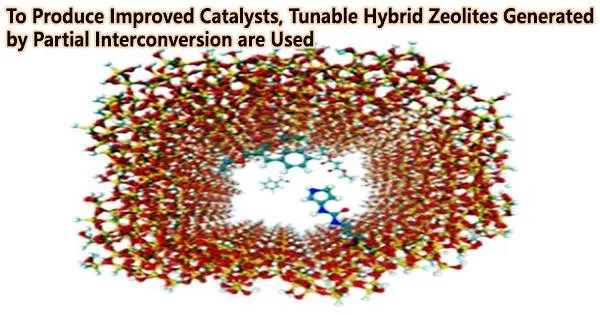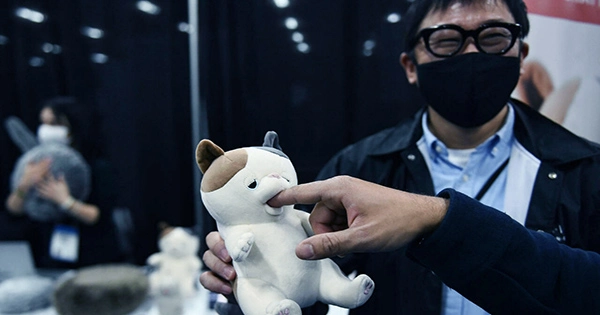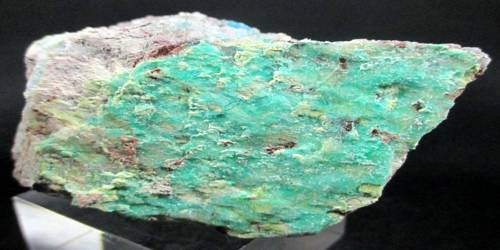A new family of materials has been created by the University of Alicante’s Laboratory of Molecular Nanotechnology (NANOMOL) as a cutting-edge possibility for the chemical industry, renewable energy, and the elimination of contaminants.
The discovery, which was reported in the journal Nature Communications, presents a wide range of opportunities for industries like energy and pharmaceuticals.
In general, scientists are looking to make highly ordered materials. For example, zeolites, the most important and widely used family of catalysts in the chemical industry, are made of periodically repeating units.
Noem Linares, a researcher at the UA and the paper’s author, claims that scientists have moved away from materials that are in between chaotic and ordered, where the possibilities are limitless. They have come to understand that there are infinite potential to create novel materials with distinctive qualities in the defective and disordered materials.
According to Javier Garca Martnez, professor of inorganic chemistry at the UA and head of NANOMOL, defects and disordered nature lack the constraints frequently imposed by regular structures, which creates limitless options for the production and design of materials. Based on this idea, UA researchers have built materials that are halfway between ordered structures, called zeolites.
The huge surface area of these hybrid materials, which they can turn very bulky molecules into, is one of their key advantages. Up until now, very narrow-pored conventional zeolites were unable to do this.
According to the researcher and article’s author, Mónica J. Mendoza Castro, this substance is particularly on the cusp of order and disorder and includes irregular but sizable voids that enable the transformation of more complicated and dense molecules.
In order to obtain these materials, the University of Alicante team of researchers has used a well-known process that allows one zeolite to be transformed into another, but interrupting this conversion to obtain intermediate half-made materials, which contain characteristics of both solids.
The procedure is described by the UA professor as if a worm’s development into a butterfly were interrupted while it was still in progress since that is when they would have discovered something entirely new, fascinating, and having countless uses.
The discovery heralds a revolution in catalysis that is essential to improving the sustainability of the chemical industry. In this case, as reported by NoemÍ Linares in the article published in In a study published in Nature Communications, the researchers chose the most intriguing components from each zeolite to create a new product with the best composition for each use.
Also, the molecules may enter and exit the materials the UA created more easily because to their structural flexibility, which lowers carbon waste and CO2 emissions into the atmosphere.
















